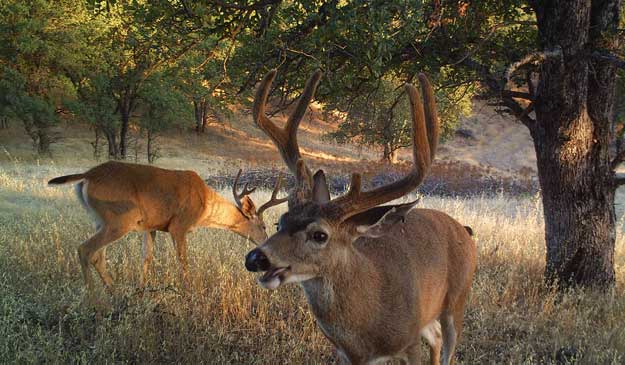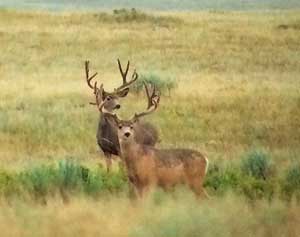Bobby Cole | President, Mossy Oak BioLogic

In recent years, there has been a lot of information on food plots for whitetail deer that the general public has a great deal of knowledge about. In the beginning, green field plantings were primarily practiced in the South. However, the effectiveness of green fields and the many different ways to use them to attract wildlife has grown.
The price of green field plantings like Green Patch Plus is only about $35 to plant an acre of land or four, 1/4-acre plots. For that amount of money and some work with a tractor or your four wheeler preparing the ground, that’s an inexpensive price to pay to attract wildlife, feed it, and keep that wildlife on the land where you hunt.
 Now we’re seeing hunters in Washington State and Oregon planting green fields for blacktailed deer. We also have some hunters in the West planting green fields for mule deer. Mule deer travel more than whitetails do, but the muleys still like something green to eat. The hunters who have planted BioLogic are reporting good success with feeding different types of deer. So, the use of green field plantings has proved over the years to be very effective in wildlife management programs for hunters who have permission to plant green fields on the lands they hunt.
Now we’re seeing hunters in Washington State and Oregon planting green fields for blacktailed deer. We also have some hunters in the West planting green fields for mule deer. Mule deer travel more than whitetails do, but the muleys still like something green to eat. The hunters who have planted BioLogic are reporting good success with feeding different types of deer. So, the use of green field plantings has proved over the years to be very effective in wildlife management programs for hunters who have permission to plant green fields on the lands they hunt.
One of the variable factors in the western states is the amount of moisture in the soil. Some western states don’t have enough rainfall to provide the moisture the plants in a green field need to grow to produce food for wildlife. Some western hunters and landowners are taking BioLogic’s fall crops and planting them in the summer months when generally those lands receive more rain and have more run-offs from the mountains that produce more moisture for the soil. Often elk and mule deer will come down and feed on these green fields in the late afternoons and at night. Therefore, some people are planting food plots for elk out West. However, it doesn’t take many elk to wipe out a small green field.
Before choosing what to plant for wildlife, determine the goal for planting food plots. Soil type, size, shape and nutrition needs are important factors to consider when planning food plots.




























